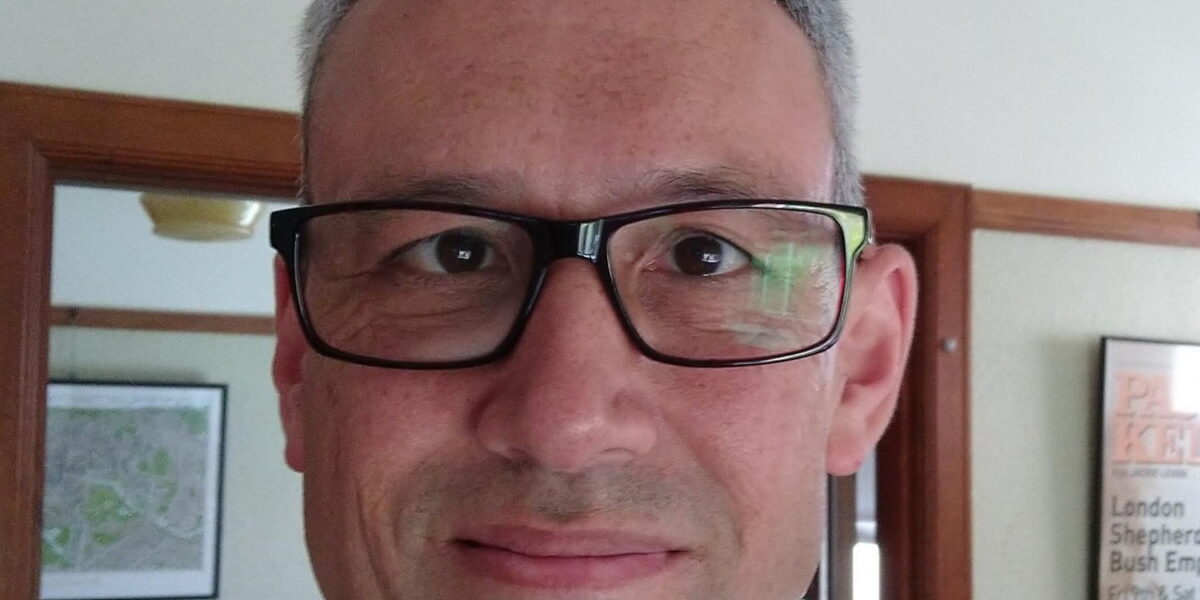Not a transport post
I’ve been having annual eye tests for a few years now. It was prompted by noticing floaters for the first time about five years ago.
Initially they said there were no issues… well, apart from my right eye which has been nearly blind since birth, but nothing can be done about that.
A couple of years later, the optometrist recommended glasses for reading printed material.
One rookie mistake I made was buying two near-identical pairs. Seasoned glasses wearers told me later that contrasting designs are useful.
After my latest test this month, a further change was recommended, upping the ante, with the previous reading glasses likely to become useful for screen reading (which, so far, has not been an issue).
A chat with the optometrist was interesting. She reckoned typically around the mid-40s, the lens of the eye starts to change, then it settles down after about 10 years, until you’re closer to about 70. So I’m pretty much following the script.
I actually wondered if the other factor making it difficult to read newspapers was that they’d reduced the print size.
So let’s do a quick check. Here’s a scan of old and new. Clockwise from left, this is The Age 1/4/2009 (back when it was a broadsheet), MX 28/4/2011, and something new from The Age 16/4/2022.
From what I can see, the type size is the same.
So it really is my eyes changing.


5 replies on “Eye tests”
I’m the other way, glasses for long distance. I’d be happy to swap, especially with masks. Everything I read now I can squidge the phone to make it larger :)
First it was reading for a few years but then distance. The black frames suit you. Newspaper headlines……..some things never change.
The optometrist will have measured the pressure in your eyes too. This is very important as otherwise glaucoma can sneak up on you.
Next change for your lenses will be cataracts. 70s is common for that. I’m very curious why contrasting design in glasses frames is recommended for a second pair? I’ve always got myself 2 identical ones and I’m wondering what I’m missing.
@gxhgxh, yep that sounds right – it’s just the local Specsavers, but they do a bunch of tests using various equipment.
@albert3801, yes correct, they said risk of cataracts is the next big thing.
Contrasting frames is, I think, the perspective that glasses are not just utilitarian but have some fashion value, so buying multiple identical pairs is like buying all the same t-shirts or whatever.